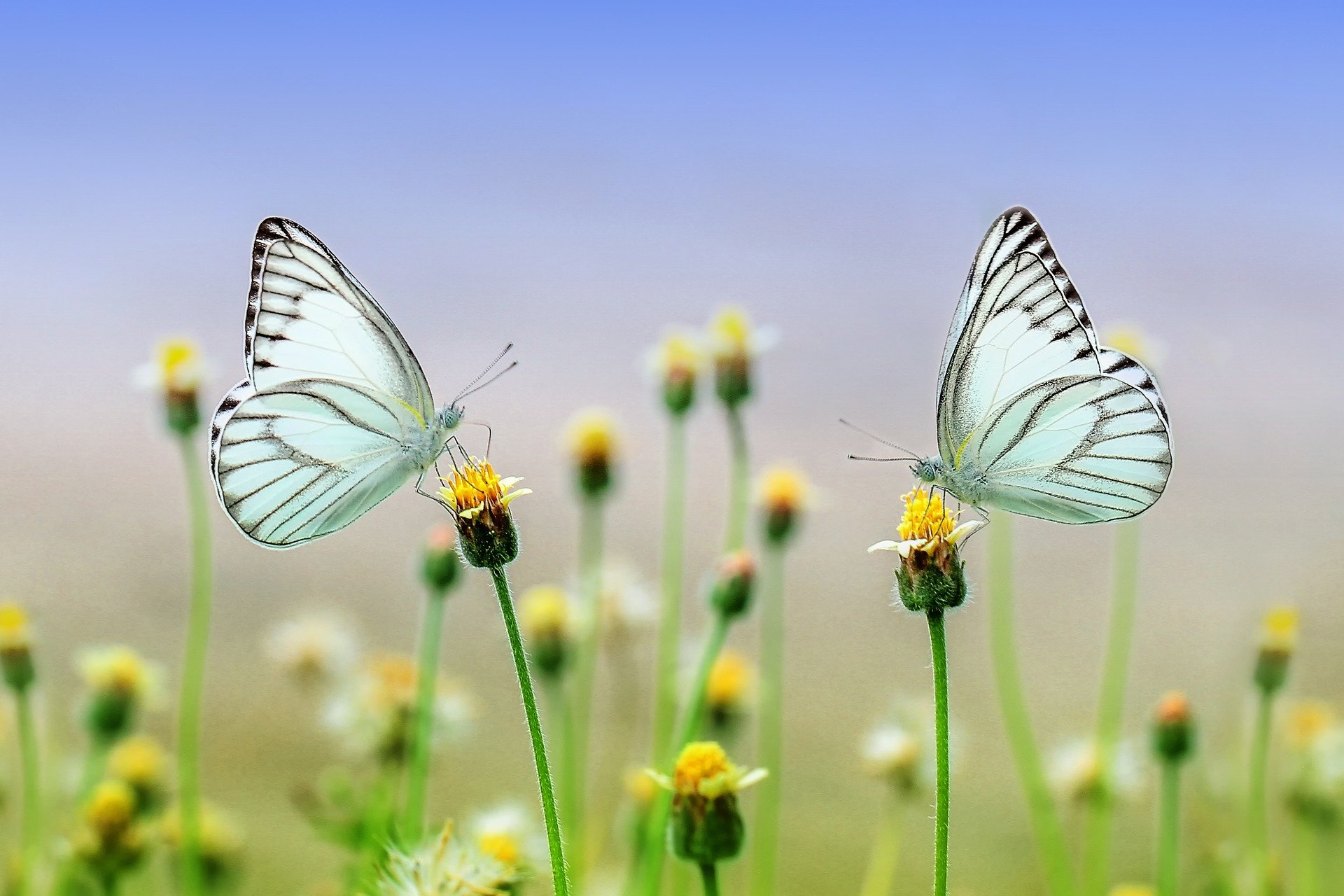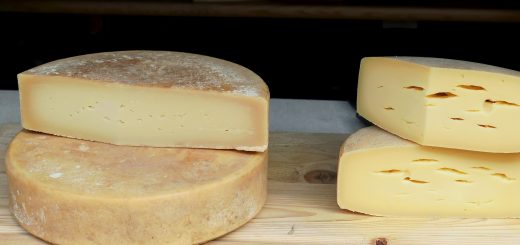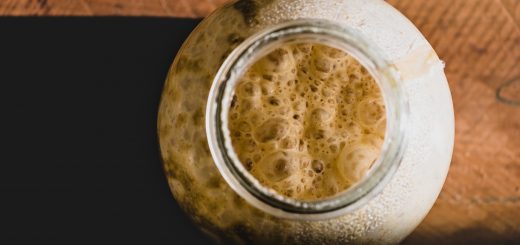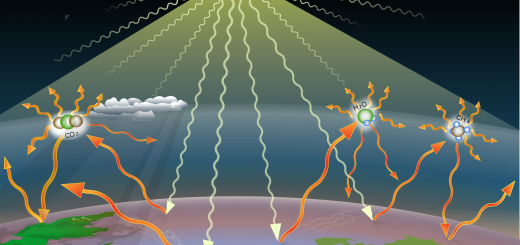Inspired by nature. Biomimicry

Author(s): Octavian Horia Minda
Summary
| Subject | Green Biotechnology |
| Topic | |
| Age of students | 10 years old |
| Preparation time | 40-60 minutes |
| Teaching time | 60minutes |
| Online teaching material (links for online material) | https://sway.office.com/Y5vkLzgSNx9N5ZVj |
| Offline teaching material | • Paper towel rolls • Cardboard • Foil • Clothespins • Plastic wrap • Paper bags • Rubber bands • Plastic utensils • Paper plates • Cups • Tape • Glue • Paper clips • Pipe cleaners • Straws • Scissors |
Aim of the lesson
By the end of this lesson students will:
- 1) Use materials to design a solution to a human problem by mimicking how plants and/or animals use their external parts to help them survive, grow and meet their needs
Activities
Describe here in detail all the activities during the lesson and the time they require. Remember, that your lesson plan needs to revolve around the topic of bioeconomy.
| Name of activity | Procedure | Time |
| Engage | Show students a picture of a turtle. Ask, “What are some special parts or structures that this turtle has?” Students will most likely mention the shell since this is a common association with a turtle. Next ask, “Does anyone know what the function or purpose of the shell is?” Hopefully someone will suggest it protects the turtle. Follow up with “How does the shell protect the turtle?” They should conclude that the shell is hard and the turtle can hide inside if something tried to eat it or hurt it.Move on to the concept of biomimicry. Ask students to talk with the person next to them about any human inventions (things we use) that may have been inspired by a turtle’s shell. After a minute or so, ask the student pairs to share their ideas. Hopefully they will come up with things like bike helmets, armor, etc. The goal is that they come up with human inventions that are hard like a shell, but also have the job of protecting something. Tell students that today they will use different materials to come up with an invention that is inspired by an animal or plant structure. Remind students they need to keep the plant or animal’s structure in mind. | X min |
| Explore | Show students the variety of materials they have to work with. They can work with a partner or small group which might help them with idea generation. Students will need to brainstorm first, and then sketch out a plan before they start to create. If some groups struggle, you can suggest some animals or plants to consider. Some ideas that might be good: birds (wings that help them fly), sharks (teeth that cut things) or ducks (webbed feet to help them swim). Again, their creation could be something totally new or it could be something that already exists. Make sure that they identify the original plant or animal, what feature they are inspired by and what job that feature does. | Xmin |
| Explain | After about 30 minutes, give the groups a chance to share their creations. Tell them they need to tell the class what animal or plant structure (part) their invention imitates and what the function (purpose) of the structure is. Once students have shared their ideas, write the word biomimicry on the board. Explain biomimicry is when people get an idea from living things. | X min |
| Elaborate | After the video you can give your students an opportunity to revise their designs. | Xmin |
| Extension | For older or more advanced students, you could incorporate the steps of the engineering design process into this activity. There are several versions of the engineering design process. Ask students to talk about where in their activity they did each of the steps of the engineering design process. | Xmin |
| Xmin |
Assessment
Describe here the assessment method of the lesson, if any. For example, if you plan on assessing your students with a quiz, include here questions and answer options with color-coding the correct answers.
Students can play the online Kahoot! quiz game located below the video which provides downloadable scores at the end of the quiz game. Alternatively, you can use the paper quiz or the exit ticket questions





